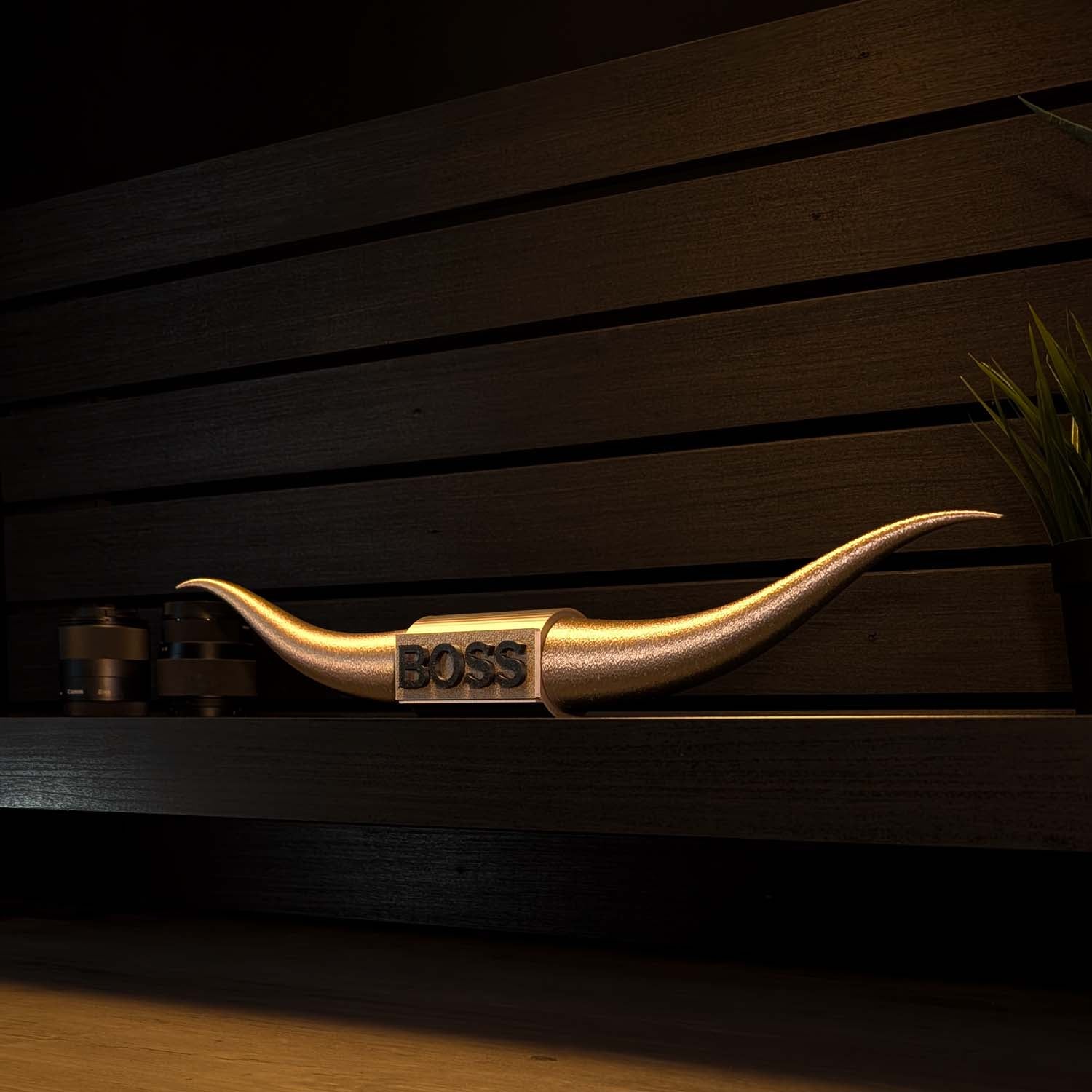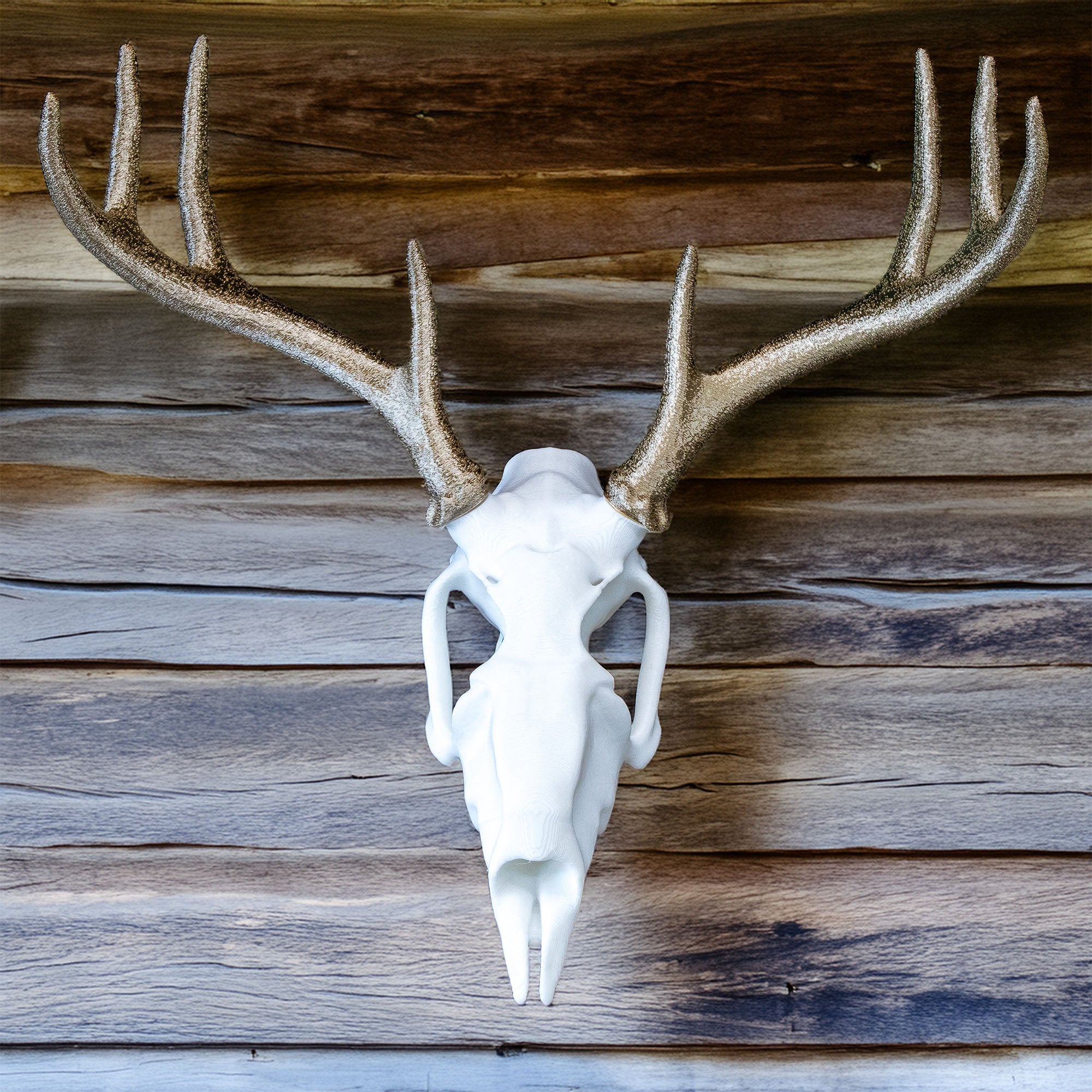Dad tips for smoking brisket:
Smoking a brisket is a labor of love and can result in a mouthwatering, tender, and flavorful dish when done correctly. Let's go through the process step-by-step:
Step 1. Selecting the Brisket:
- Choose a good-quality brisket from a reputable butcher or grocery store. Look for a well-marbled piece with a thick fat cap on one side. The marbling ensures that the meat will be tender and juicy after smoking.
Step 2. Preparing the Brisket:
- Trim the excess fat: Trim the fat cap to about 1/4 inch thick to allow the smoke and seasoning to penetrate the meat better.
- Apply a rub: Create a dry rub using a blend of your favorite spices and seasonings. Popular ingredients include salt, black pepper, garlic powder, onion powder, paprika, and brown sugar. Generously apply the rub to all sides of the brisket, ensuring even coverage.
Step 3. Prepping the Smoker:
- Choose the right wood: Select a type of hardwood for smoking, such as oak, hickory, mesquite, or fruitwood like apple or cherry. Different woods offer distinct flavors, so pick one that complements the taste you desire.
- Preheat the smoker: Preheat your smoker to around 225-250°F (107-121°C). A consistent temperature is crucial for achieving a tender brisket.
Step 4. Smoking the Brisket:
- Place the brisket on the smoker grates with the fat cap facing up. This allows the fat to render down and keep the meat moist.
- Use a water pan: Place a water pan inside the smoker to maintain a humid environment, preventing the meat from drying out.
- Monitor the internal temperature: Insert a meat thermometer into the thickest part of the brisket without touching the bone. Aim for an internal temperature of around 195-205°F (90-96°C) for optimal tenderness. The brisket is done when it reaches the desired temperature and is tender enough to probe easily.
Step 5. Wrapping (optional):
- Some pitmasters choose to wrap the brisket in butcher paper or foil when it reaches a certain level of doneness (often referred to as the "Texas Crutch"). Wrapping helps retain moisture and speeds up cooking, but it can also soften the bark (outer layer). Experiment with different techniques to find what works best for you.
Step 6. Resting and Slicing:
- Once the brisket is done, remove it from the smoker and wrap it in butcher paper or foil again. Let it rest for at least 30 minutes to an hour. Resting allows the meat fibers to relax and retain more of the juices when sliced.
- Slice against the grain: When it's time to serve, slice the brisket against the grain to ensure maximum tenderness.
Tips to Make It Easier:
- Invest in a good-quality meat thermometer to monitor the internal temperature accurately.
- Plan ahead, as smoking a brisket can take a long time (typically 10-15 hours) depending on its size.
- Practice and patience are key. Smoking brisket is an art that improves with experience, so don't be discouraged if your first attempt isn't perfect.
Remember, smoking a brisket can be a rewarding experience, and you'll likely discover your own techniques and tweaks along the way to create a signature dish that everyone will enjoy.
Maintaining a steady cooking temperature in a smoker is essential for achieving consistent and flavorful results. Here are some tips to help you keep the temperature steady:
Invest in a Quality Smoker: Choose a smoker that is well-insulated and designed for heat retention. High-quality smokers tend to have better temperature control features.
Use a Digital Thermometer: Invest in a reliable digital thermometer with probes to monitor both the cooking chamber's temperature and the internal temperature of the meat. This way, you can make adjustments as needed.
Minimize Lid Opening: Every time you open the smoker's lid, heat and smoke escape, leading to temperature fluctuations. Try to minimize lid openings as much as possible. Plan ahead, and only open the lid when absolutely necessary, like for adding wood chips or checking the meat's temperature.
Master Airflow Control: Understand your smoker's airflow system. Many smokers have vents or dampers that control airflow. Adjusting these vents allows you to control the amount of oxygen and, consequently, the fire's intensity. More oxygen means higher temperatures, while less oxygen lowers the heat.
Fuel Management: Pay attention to your fuel source (charcoal, wood, pellets, etc.). Arrange the fuel strategically to maintain a steady burn rate. You may need to add more fuel periodically to keep the temperature consistent.
Water Pan or Heat Diffuser: If your smoker has a water pan, use it. A water pan helps regulate temperature by stabilizing the environment inside the smoker. Additionally, you can place a heat diffuser between the heat source and the cooking chamber to distribute heat more evenly.
Wind Protection: If you're smoking outdoors, try to position your smoker in a location sheltered from strong winds. Wind can significantly affect the smoker's ability to maintain a steady temperature.
Preheat the Smoker: Preheating your smoker before adding the meat helps stabilize the cooking temperature faster and reduces the risk of temperature fluctuations during the cooking process.
Use the Minion Method (for charcoal smokers): The Minion Method involves placing a small number of hot coals on top of a larger batch of unlit coals. As the lit coals gradually ignite the unlit ones, they provide a slow and steady heat source for extended cooking periods.
Practice and Learn: Each smoker can have its quirks and requires some trial and error to understand its behavior fully. Keep a log of your cooking sessions, noting the adjustments you make and their effects on temperature. This will help you learn how to maintain steady temperatures more effectively over time.
By applying these tips and paying close attention to your smoker's behavior, you'll be better equipped to maintain a steady cooking temperature and produce consistently delicious smoked dishes.
You can smoke a wide variety of meats to create delicious and flavorful dishes. Smoking imparts a unique taste and tenderness to meats, making them a favorite among many barbecue enthusiasts. Here are some popular meats that are commonly smoked:
Pork Shoulder (Pork Butt): Pork shoulder is a favorite for smoking due to its rich marbling and connective tissue, which renders down during smoking, resulting in tender and succulent pulled pork.
Ribs: Both pork ribs (baby back ribs and spare ribs) and beef ribs are excellent choices for smoking. The slow smoking process breaks down the collagen in the ribs, making them tender and giving them a mouthwatering smoky flavor.
Brisket: As mentioned earlier, beef brisket is a classic meat for smoking. When smoked low and slow, it becomes tender, flavorful, and perfect for slicing.
Chicken: Whole chickens, chicken quarters, or chicken wings can be smoked to perfection. The smoke adds a delightful dimension to the chicken's taste, and the meat remains juicy and flavorful.
Turkey: Smoking a whole turkey or turkey breast is a fantastic way to create a moist and flavorful holiday centerpiece.
Salmon: Cold smoking or hot smoking salmon can transform this fish into a delicacy with a rich smoky taste.
Lamb: Smoked lamb can be incredibly flavorful and tender. Lamb shoulders, legs, or chops are great options for smoking.
Sausages: Sausages, especially large ones like kielbasa or bratwurst, benefit from smoking, enhancing their taste and texture.
Pork Loin: Smoking a pork loin results in a tender and juicy roast with a smoky aroma.
Duck or Game Birds: Duck, quail, pheasant, and other game birds take on a delightful smoky flavor when smoked.
Beef Tri-Tip: The tri-tip is a triangular cut of beef that becomes incredibly tender and flavorful when smoked.
Pork Belly: Smoked pork belly is the foundation for making delicious homemade bacon or burnt ends.
Vegetables: While not technically meat, you can smoke various vegetables like eggplant, mushrooms, peppers, and corn to add smokiness and depth to vegetarian dishes.
Remember that the smoking times and temperatures may vary depending on the meat's size, thickness, and fat content, so it's essential to use a meat thermometer to ensure doneness. Additionally, experiment with different wood types and seasoning combinations to create a variety of unique and mouth watering smoked dishes.
The type of wood you choose for smoking can significantly impact the flavor of your meats. Different woods impart distinct smoky flavors, ranging from mild and sweet to strong and bold. Here are some popular wood types for smoking:
Hickory: One of the most popular and widely used smoking woods, hickory provides a strong, rich, and slightly sweet flavor. It pairs well with pork, beef, and poultry.
Mesquite: Mesquite wood delivers a bold and intense smoky flavor. It is often associated with Southwestern cuisine and is best suited for beef, particularly brisket and steaks. Use mesquite sparingly, as its potent flavor can overpower more delicate meats.
Oak: Oak is a versatile wood that offers a medium smoky flavor. It's excellent for smoking a wide range of meats, including beef, pork, poultry, and game meats. Oak is a favorite among pitmasters for its even burn and long-lasting heat.
Apple: Applewood is a fruitwood that provides a mild and slightly sweet flavor. It's well-suited for poultry, pork, and even seafood. Applewood pairs exceptionally well with chicken and pork ribs.
Cherry: Cherrywood offers a mild and fruity flavor that works wonders with pork, chicken, and beef. It gives a slightly sweet and tart taste to the meat.
Maple: Maple wood infuses a sweet and subtle smoky flavor, making it a good choice for poultry, pork, and vegetables.
Pecan: Pecan wood is similar to hickory but with a milder and slightly nutty flavor. It's versatile and complements a variety of meats, such as beef, pork, poultry, and game.
Alder: Alderwood provides a delicate and slightly sweet smoke flavor, making it ideal for fish and seafood. It's especially popular in Pacific Northwest cuisine.
Peach: Peach wood imparts a slightly sweet and fruity flavor, which works well with poultry, pork, and lighter meats.
Plum: Plum wood is another fruitwood that offers a subtle and sweet smoke flavor. It's great for smoking poultry and pork.
When using wood for smoking, it's essential to ensure that it is properly seasoned and free from any mold or contaminants. Additionally, you can use wood chips, chunks, or pellets, depending on your smoker type and personal preference. Experimenting with different wood types and combinations can add depth and variety to your smoked dishes, allowing you to create unique and delightful flavor profiles.
Here's a simple and versatile dry rub recipe that works well for a variety of meats, including brisket, ribs, pork shoulder, and chicken:
Classic BBQ Dry Rub Recipe:
Ingredients:
- 1/4 cup brown sugar
- 2 tablespoons kosher salt
- 2 tablespoons paprika
- 1 tablespoon black pepper
- 1 tablespoon garlic powder
- 1 tablespoon onion powder
- 1 tablespoon chili powder
- 1 teaspoon cayenne pepper (adjust to your desired level of spiciness)
- 1 teaspoon dried thyme
- 1 teaspoon dried oregano
- 1 teaspoon ground cumin
- 1 teaspoon ground mustard
Instructions:
1. In a bowl, combine all the dry ingredients: brown sugar, kosher salt, paprika, black pepper, garlic powder, onion powder, chili powder, cayenne pepper, dried thyme, dried oregano, ground cumin, and ground mustard.
2. Mix well until all the spices are evenly distributed, and the rub is thoroughly combined.
3. Before applying the rub to your meat, make sure to trim any excess fat and pat the meat dry with paper towels. This will help the rub adhere better and create a nice crust during smoking.
4. Generously apply the dry rub to all sides of the meat, pressing it into the surface to ensure good coverage.
5. Let the seasoned meat sit at room temperature for about 30 minutes to allow the flavors to penetrate.
6. Proceed with smoking the meat according to your preferred method, following the smoking tips mentioned earlier.
Note: This recipe is customizable, so feel free to adjust the spice levels or add any additional herbs and spices to suit your taste preferences. You can also store any extra rub in an airtight container for future use.
Enjoy your deliciously seasoned and smoky meats!
Check out some of our amazing dad gear here Active Doodie® Dad Gear.
For More Information check out our YouTube Channel or see us on Instagram

















